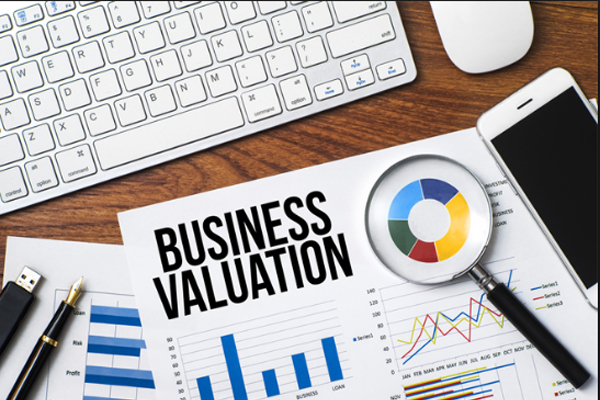There may be a thousand reasons why you want to evaluate the true worth of your business. An interested buyer has approached you, you are planning to sell the company, or you need it for insurance purposes. To estimate the economic worth of a business, one needs to consider two key terms: ROI (return on investment) and relative risk. These two elements command a heightened sale price, and vice versa. Investment bankers use various methods to determine the right value of a business. This is not only performed in the case of mergers or acquisitions; one can also request an independent appraisal to calculate the true worth of their organization if they are planning to expand or transition for growth opportunities. The IRS (Internal Revenue Service) or legal authorities may also request a business evaluation report for tax purposes.
So, if you are planning an exit for your retirement or next business venture, consult a skilled accountant in Bellevue, WA, first; they will help you organize and craft your financial documents and statements.
How to Evaluate or Calculate the True Value of a Business
One can use numerous methods to determine the market value of their business.
- Sum up Your Assets: Tally up the values of inventory, machinery, equipment, and property the business uses. Subtract all liabilities and debts from that. A balance sheet is the initial point one should start from while estimating an organization’s total worth. It also includes income and net worth, as a company’s true value is much greater than its acquired assets over a period. Annual revenue and earnings are also considered.

- Revenue & Sales: The price points you and another business use will never match in the market. You have to sum up your sales numbers and the revenue collected. Then compare and analyze that number with a similar corporation and their sales numbers. A stockbroker or business broker might help you determine what a typical business is worth in your industry for a certain level of sales. It can be two times your regular income or below the expected range. You can get the help of your accounting team or chief financial officer.
- Use Earnings Multiples: To calculate a more relevant number for your business, use a multiple of your earnings or price-to-earnings ratio. For instance, if your usual P/E ratio is 20 and the annual projected earnings are $500,000, the business would be worth $10 million. Using this formula, you can estimate the valuation of your company over a few years.
- Cash Flow Analysis: You need to conduct a discounted cash flow analysis using a formula that considers the business’s annual cash flow. This will allow you to project the revenue and expenses into the future, discounting the value of future cash flows today using a ‘net present value’ computation. You can ask your accounting or finance team or use an online NPV calculator.
- Go Beyond Financial Formulas: Most people base their assessment of a business’s valuation on financial aspects, asset value, and other numbers. While this can be true, you cannot ignore the importance of the geographical area and its top market. Carefully evaluate the external market and location before setting your business’s selling price. If business synergies are involved, consider the potential strategic value to a would-be acquirer.
- Book Value: This shows the value of stakeholder equity as reflected in your business’s balance sheet. If it’s a family business, tally up all the ownership members and their equity shares, whether or not they are directly involved in the company.
- Market Capitalization: This is one of the most straightforward methods for business evaluation. You can calculate this by multiplying a business’s share price by the total number of shares outstanding. It doesn’t account for the debt or cash flow the business owes to another entity or party; to determine these factors, you have to estimate the company’s enterprise value.




